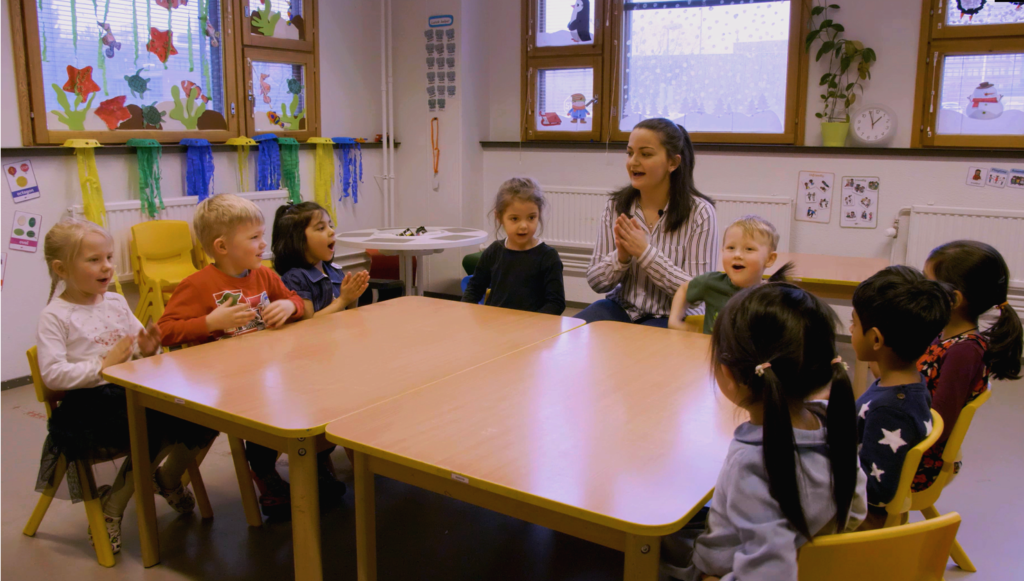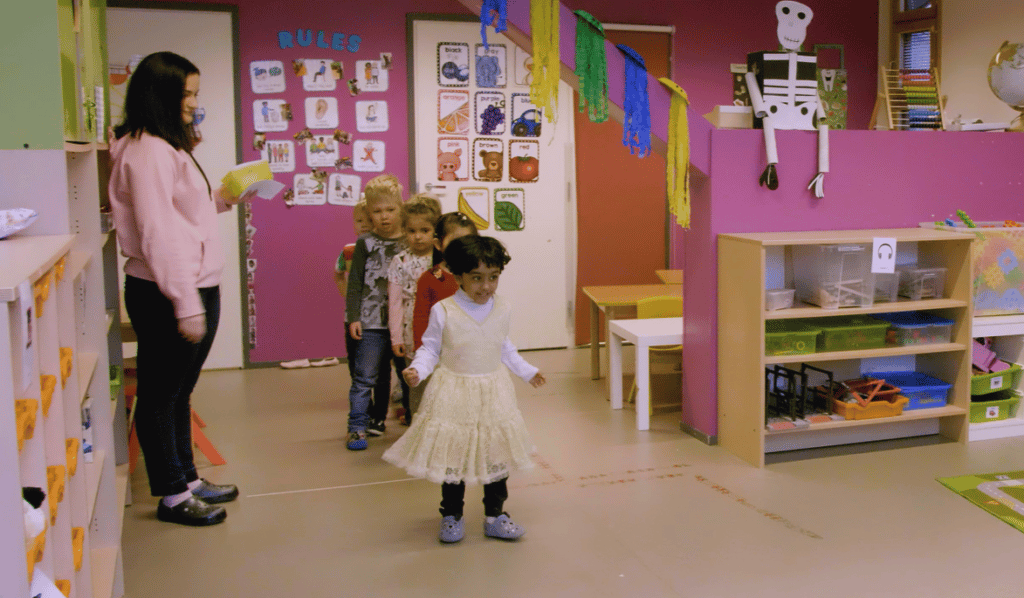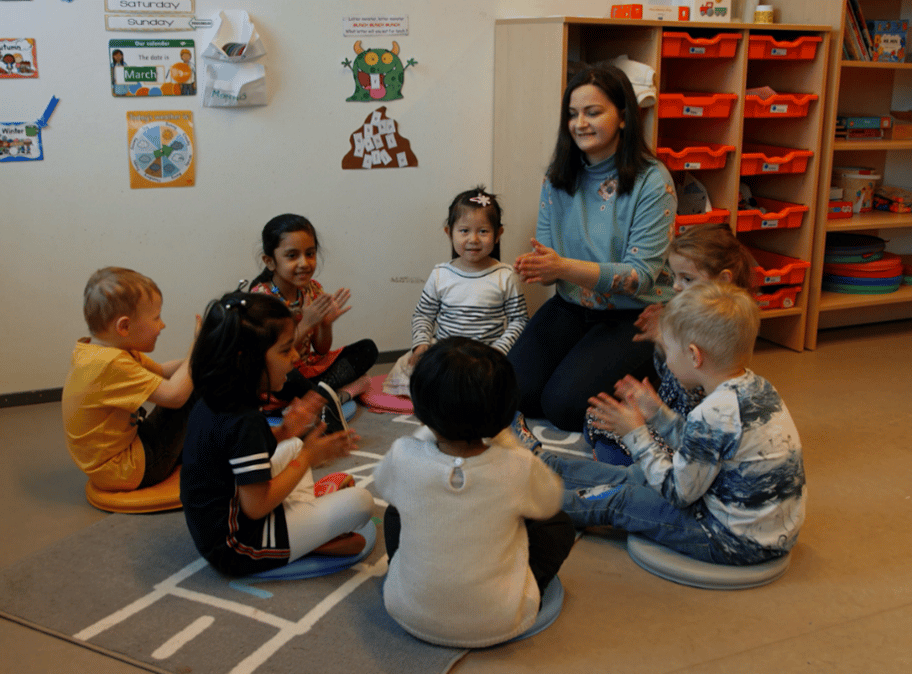
The touted benefits of early language learning often sound almost too good to be true. Language skills make children smarter, better, and more successful in life, with no effort at all! Well, of course that is not quite true. Knowing foreign languages is an incredible asset that is known to enhance memory, concentration, problem solving, and communication, among other things, it’s true. It does, however, take both time and effort from both the student and the teacher. How are you teaching new languages?

This effort that is required to achieve fluency in more than one language is precisely why many experts advocate for starting language learning early. We can all learn, no matter what our age, but the best groundwork is laid early. Not only do children simply have more time to learn, but they are also known to soak up the new language quite effortlessly compared to adults.
The flip side from a teacher’s perspective is that young children learn very differently from older learners, so we cannot teach them quite in the same way. There is no point in pouring over grammar tables or word lists with the young ones. Instead, we need to bring teaching into their world and onto their level of understanding. And by far the most effective way to reach young learners is through the power of play.
Why play?
Most species on our planet engage in some form of play. It is a vital part of how young animals can safely learn the skills they need to survive in the wild. In this, people are no different. When young children play, color a picture, or sing a song, they are practicing multiple skills simultaneously from language to motor skills to collaboration. Adults put in conscious effort to learn, but children often do not realize that they are learning. In fact, learning is rarely a conscious act for them, but rather a by-product of interesting and enjoyable activities.

When a kitten is play-fighting with its siblings, it is learning important lessons about social cues and hunting. Similarly, when children are playing shop and engaging in the story they have made up for the setting, they are learning the names of the items in the shop, learning numbers and math as they count the money, practicing collaboration and communication, and learning about the cultural and communicative norms involved in a shopping situation.
Playing is natural and intrinsically motivating for children, which is why it is the best way to teach them new skills and knowledge. Play sparks children’s curiosity and lets them be active and physically involved in their learning. When teachers embed the learning content such as new vocabulary or language structures into play, children learn it almost without knowing they are learning.
Language learning through play
But surely some things cannot be taught merely by playing? Traditional lessons must sometimes have their place? Well, not necessarily! When it comes to very young children, play really is the way. Language is a great topic for playful learning because it is a communication tool, and human play – especially group play – is all about communication. Play provides you with an opportunity to speak the foreign language to the children, acclimating them to hearing it. The playful situation also shifts the focus so that instead of concentrating on correct grammar, which can cause anxiety for learners of all ages, the children can focus on being understood so that the game can continue. Successful communication equals successful play!

You can use games the children already like to play in their mother tongue. If the children enjoy the memory game, you can draw or print out pictures of vocabulary that you want children to learn – for example farm animals – and play the game while naming the animals in the foreign language. If they enjoy hide-and-seek, you can take the opportunity to use lots of prepositions and emphasize them in the play (“I found Luke behind the sofa!”). The children may not understand everything you say in the foreign language, and that’s okay; over time and with enough repetition, they will start to make the connection between what you say and what you mean.
Steps to start
You don’t have to plan and produce all your material yourself, either. You can find songs and games online, or you can read books in the foreign language to the children while looking at the pictures together. There are also digital resources and services, such as Moomin Language School, that have been specifically designed for early language learning and teaching.
If you are planning to start teaching languages to young children or would like to find new, innovative ideas and resources for your current curriculum, we have just the thing for you: our brand-new course Teaching Languages to Young Children! It will help you better understand the theoretical background of early language learning and offer ideas, tips, and support for planning and running engaging language sessions for young students.

